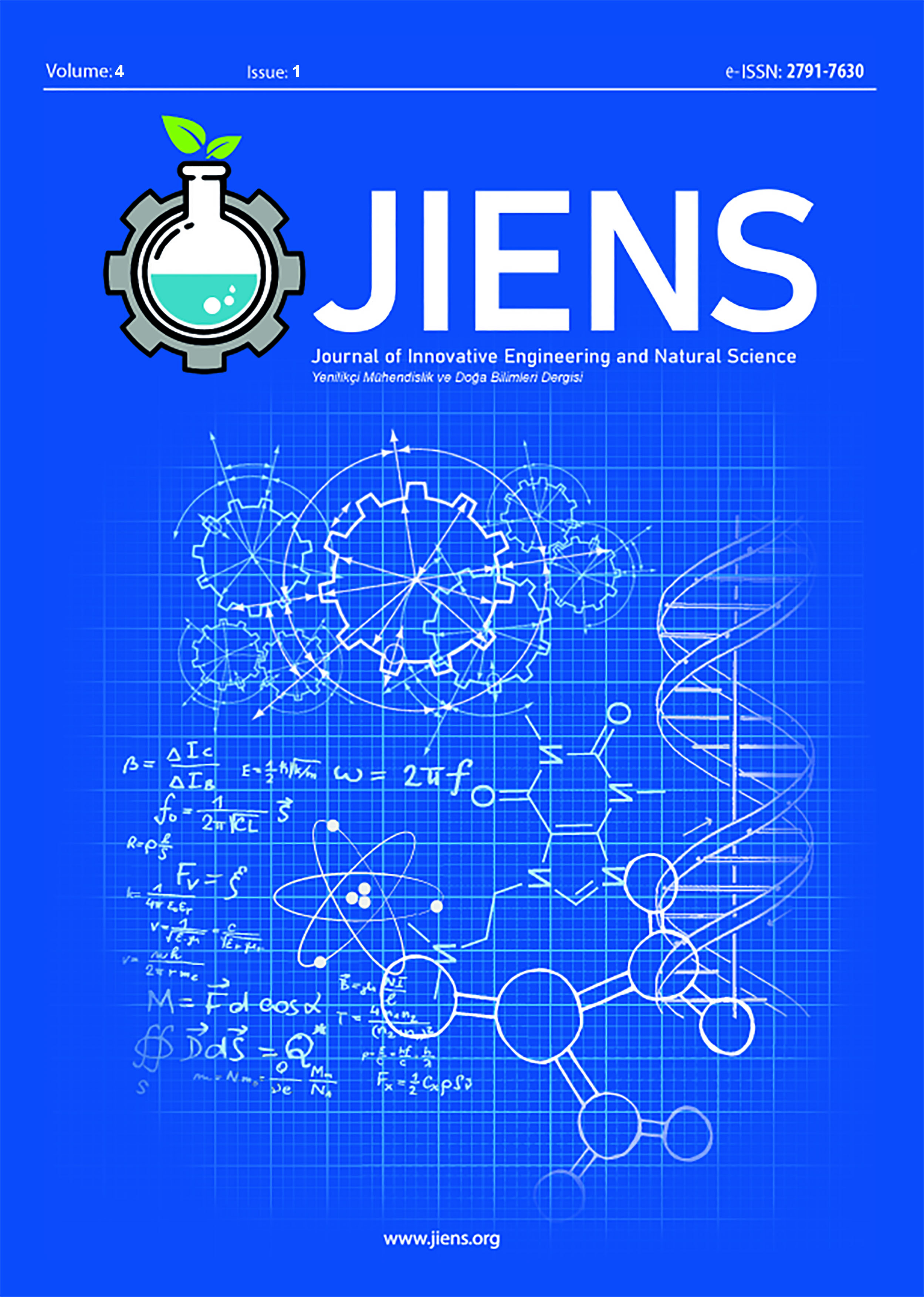Author :
Abstract
Path planning aims to enable autonomous robots to navigate safely and efficiently from a starting point to a target point in challenging and dynamic environments. Path planning in robotics is highly significant and still an ongoing subject of research. The increasing use of robots in various applications such as industrial automation, service robotics, and autonomous vehicles has brought forth the need for reliable and efficient path planning algorithms. The inherent capability of Voronoi diagrams to partition space based on proximity makes them an effective framework for research in path planning. Ant colony optimization, a bio-inspired optimization technique, is based on the foraging behavior of ants and is commonly employed to address the traveling salesman problem and various other combinatorial optimization problems. A hybrid method was adopted in this study by combining a Voronoi diagram and an ant colony algorithm. To create paths for the robot where it can stay as far away from obstacles as possible, a Voronoi diagram was utilized. Additionally, to find the shortest path from the starting point to the destination among these paths, ant colony optimization was employed. The main contribution of the study lies in the combination of the Voronoi diagram for obstacle avoidance and ant colony optimization for finding the optimal path. The combination of these techniques makes an effective contribution to robotic path planning by focusing on ensuring safety by avoiding obstacles while optimizing the shortest path. Experimental studies show that the hybrid method produces successful results for the desired purpose.
Keywords
Abstract
Path planning aims to enable autonomous robots to navigate safely and efficiently from a starting point to a target point in challenging and dynamic environments. Path planning in robotics is highly significant and still an ongoing subject of research. The increasing use of robots in various applications such as industrial automation, service robotics, and autonomous vehicles has brought forth the need for reliable and efficient path planning algorithms. The inherent capability of Voronoi diagrams to partition space based on proximity makes them an effective framework for research in path planning. Ant colony optimization, a bio-inspired optimization technique, is based on the foraging behavior of ants and is commonly employed to address the traveling salesman problem and various other combinatorial optimization problems. A hybrid method was adopted in this study by combining a Voronoi diagram and an ant colony algorithm. To create paths for the robot where it can stay as far away from obstacles as possible, a Voronoi diagram was utilized. Additionally, to find the shortest path from the starting point to the destination among these paths, ant colony optimization was employed. The main contribution of the study lies in the combination of the Voronoi diagram for obstacle avoidance and ant colony optimization for finding the optimal path. The combination of these techniques makes an effective contribution to robotic path planning by focusing on ensuring safety by avoiding obstacles while optimizing the shortest path. Experimental studies show that the hybrid method produces successful results for the desired purpose.





